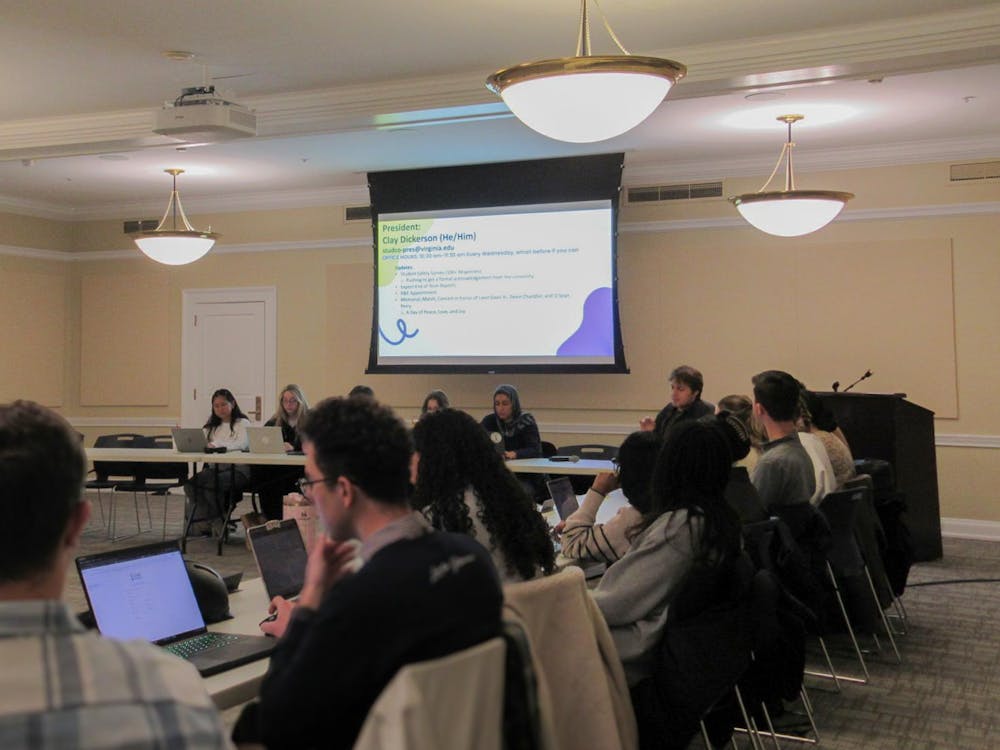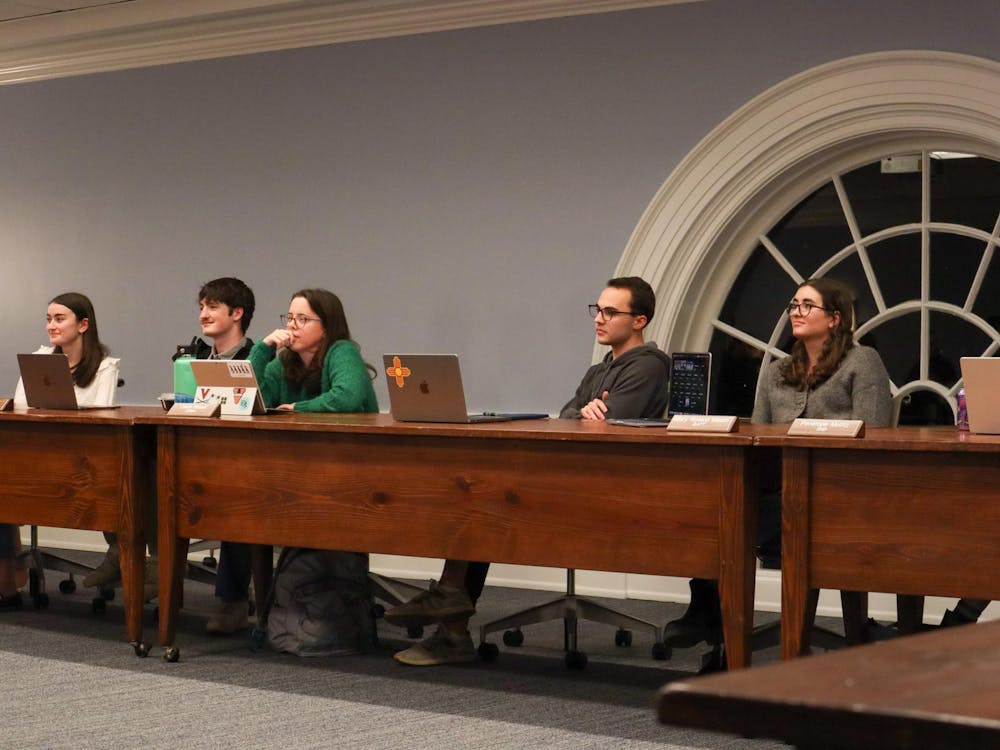The University's new Anheuser-Busch Coastal Research Center (ABCRC) was officially dedicated at a ceremony last Saturday.
Located on the Eastern Shore in Oyster, Va., the facility is part of the Long Term Ecological Research project (LTER) administered by the University environmental science department. Ecological research is conducted at the ABCRC by University students and faculty, as well as by researchers from other institutions, said site director Arthur Schwarzschild.
"This is going to attract people from other places and build an academic community, and when that happens, you get new ideas," he said.
According to Schwarzschild, over 200 people attended the dedication ceremony, which was held at the ABCRC. Speakers included University President John T. Casteen, III as well as various other people involved with the project.
According to Environmental Science Prof. John Porter, the new research center is a huge improvement from the LTER project's former home: an old farmhouse located inland with little space to do research.
"We were very limited as to what we could do on site," Porter said, explaining that research samples had to be driven back to Charlottesville for analysis due to a lack of space.
Now, Porter said, the facility is located on the waterfront with buildings for housing and laboratories as well as space for freezers, drying rooms and meeting rooms.
"It's important [to have this center] since we're so far from the University," Porter said, citing the three-and-a-half-hour drive to the research center.
With the ability to stay and conduct research on site, Porter said he expects there to be a greater sense of community among the researchers.
"You sit down over dinner, you sit on the screened porches--fostering that level of interaction is a really critical part" of the center, he said. "It's incredibly powerful to help research move forward."
According to Environmental Science Assoc. Dean Aaron Mills, the $2.6 million ABCRC can house 24 people at a time in its 9,400-square-foot facilities. It also includes eight boats, ranging from a 13-foot vessel to a cabin cruiser that can be used for extended stays on water, he said.
"Environmental Science has been working on the Eastern Shore since 1986," Mills said. "What this is going to do is provide [researchers] with a place to do their work instead of grabbing samples and rushing back to Charlottesville."
According to Swarzschild, the LTER is a national program funded by the National Science Program and provides six-year grants for ecological research. The ABCRC is one of 26 LTER sites nationwide.
Work on the ABCRC first began in the 1970s, Porter said, and initial funds came from Paul Tudor Jones as a gift to the Environmental Science Department.
Through the help of University alumnus John Nau, a major Busch distributor in Texas, the Environmental Science department also secured funding from Anheuser-Busch.
"Basically, this was done without state funds," Porter said.
Porter said he was very grateful for the new facilities.
"We're at the point of ultimate potential," he said. "We're at the beginning. I can't anticipate all the activities that will go on at the center, but in the next 10 to 15 years, I expect to see some things that will surprise me."






